– This brand page contains content prepared and sponsored by Jaeger-LeCoultre for watchtime.com readers –
Chapter Navigation:
Chapter 1
Chapter 2
———————–
Chapter One: 1559-1907 — Birth of the Brand
A major player in watchmaking history since the 19th century, in 2013 Jaeger-LeCoultre is celebrating 180 years of continuous development around its founder’s original workshop. This anniversary will be commemorated by the introduction of some exceptional timepieces, as well as the holding of exclusive exhibitions and events around the world.
The adventure began in 1833 when self-taught watchmaker Antoine LeCoultre set up his own workshop after inventing a pinion-cutting machine. This invention was to be followed by dozens of others, as well as hundreds of patents, each of which contributed to forging the international reputation of Swiss watchmaking. The small workshops grew so fast that it was soon nicknamed the “Grande Maison” in the Vallée de Joux. By 1888, the manufacture already employed around 500 watchmakers, technicians and artists.
Over the past 180 years, Jaeger-LeCoultre has created and produced more than 1,200 different calibers and filed more than 400 patents. The Grande Maison has a number of world firsts to its credit, along with superlative achievements and legendary watches such as the Reverso, the Duoplan, the Memovox, the Polaris, the Gyrotourbillon 1 and 2, the Duomètre line, as well as the perpetual Atmos clock. Today, over 1000 people work within the manufacture and master all the forms of expertise required to make this brand one of the most inventive in the watch industry. Click here to see Jaeger-LeCoultre’s new collection for 2013, and here to discover the brand’s high-horology Hybris Mechanica collection of unique pieces.
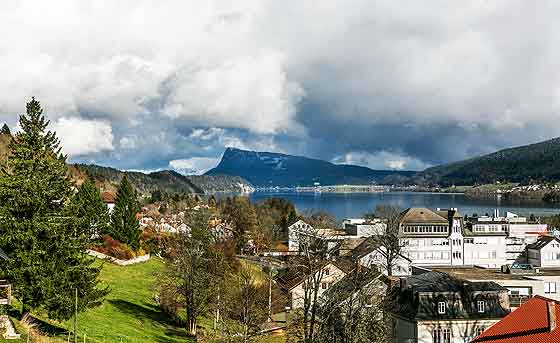
Origins of the village of Le Sentier, birthplace of Jaeger-LeCoultre
Nothing about the Vallée de Joux apparently predestined it to become the worldwide center of grand horological complications. Perched at an altitude of 1000 meters far from any trade routes and surrounded by mountain passes often blocked by endless winters, the Vallée de Joux has one of the harshest climates of the entire Jura mountain region. These extreme conditions have significantly contributed to the development of the valley by stimulating the inventiveness of the men and women who settled there; by imposing an undeniable need for versatile talents, stubbornness, patience and an enterprising spirit; and by teaching them to invent in order to survive.
Jaeger-LeCoultre’s roots go back to the earliest records of life in the Vallée de Joux. From the 16th century onwards, the LeCoultre family was to play a pioneering role there. A Huguenot refugee having fled religious persecution in France, the well-read Pierre LeCoultre (circa 1530 – circa 1600) obtained the much-coveted status of “inhabitant” of the city of Geneva in 1558. Driven by a taste for adventure and new challenges, he left the city of Calvin the following year to acquire his own land in the Vallée de Joux: a plot covered in forests and home to bears and wolves. The charter he signed on this occasion was to leave an indelible imprint on regional history. Pierre LeCoultre undertook to clear the forest, build houses, grow cereal crops and raise animals. Despite countless obstacles and all manner of ups and downs, the small community gradually took root and began to spread out. Pierre LeCoultre’s son took the final step towards emancipation by building a church in 1612, marking the birth of the village of Le Sentier.
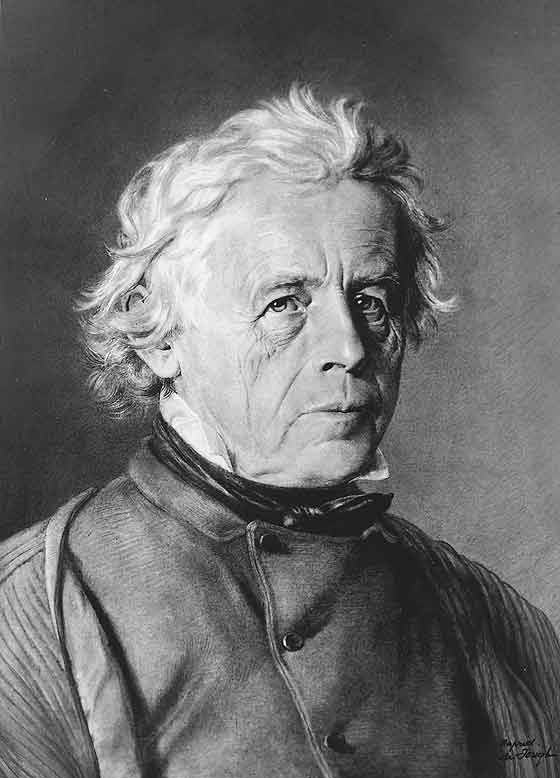
Antoine LeCoultre, brilliant inventor and founder of Jaeger-LeCoultre
Representing the 10th generation since the first LeCoultre settler in the Vallée de Joux, the founder of the Manufacture Jaeger-LeCoultre distinguished himself from an early age by his industrious and visionary character. Antoine LeCoultre (1803-1881) learned the mysteries of metallurgy in the small family forge in Le Sentier. Along with his father, he invented new alloys, perfected the vibrating blades of music boxes and laid the foundations of the razor-blade industry. His quest for progress and his determination to confront empirical knowledge with scientific erudition soon led him towards the noblest of the mechanical arts: watchmaking.
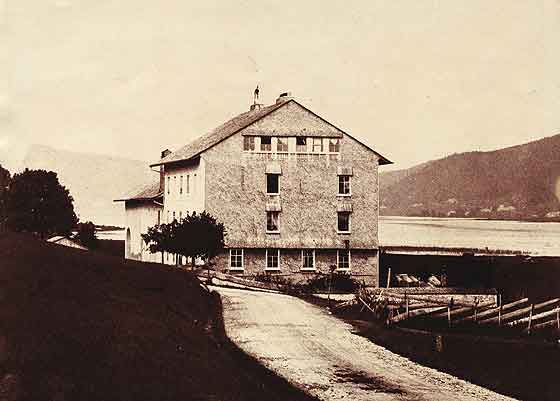
In 1833, following the invention of the machine to cut watch pinions, Antoine LeCoultre founded in the Vallée de Joux the first workshop of what was to become the Manufacture Jaeger-LeCoultre. One by one, he acquired the main horological skills required to make a complete watch movement, gradually drawing closer to what he called his “original plan.” He invented many machines that were as many giant leaps in the field of precision. He created the Millionometer (1844), the first instrument in the history of technologies capable of measuring the micron. In 1847, his “pivoting” winding device was the first system for winding the watch and setting it to time without using a key.
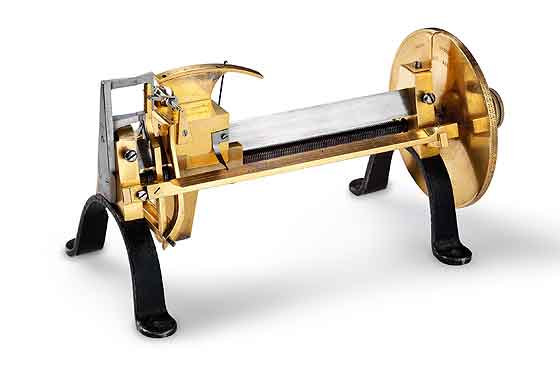
From the small workshop to the “Grande Maison”
In 1866, the small workshop became the first full-fledged “manufacture” in the Vallée de Joux. In an age when watchmaking skills were dispersed among several hundred small cottage-industry type set-ups, Antoine LeCoultre and his son Elie (1842-1917) played a pioneering role. Assembled under a single roof, men and women involved in the trade could thus for the very first time share their production secrets, mutually enrich their respective knowledge and generally pool their talents. In particular, they developed the first partially mechanized production processes for complicated mechanisms.
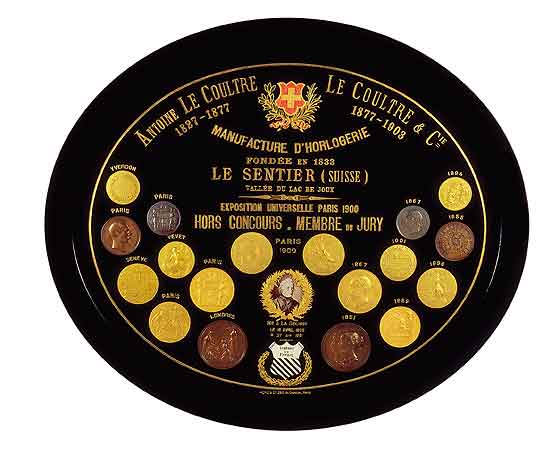
By 1888, the Manufacture Jaeger-LeCoultre already employed 500 people and was referred to as the “Grande Maison of the Vallée de Joux.” Its creativity in the field of movements was quite simply prodigious. Between 1860 and 1900, the manufacture created over 350 different calibers! Half of them had complications: 99 different repeater mechanisms including 66 minute repeaters, 128 chronographs, and 33 calibers combining both repeaters and chronographs. From the 1890s onwards, the Manufacture began producing its Grandes Complications, meaning watches comprising three major horological complications: perpetual calendar, chronograph and minute repeater.
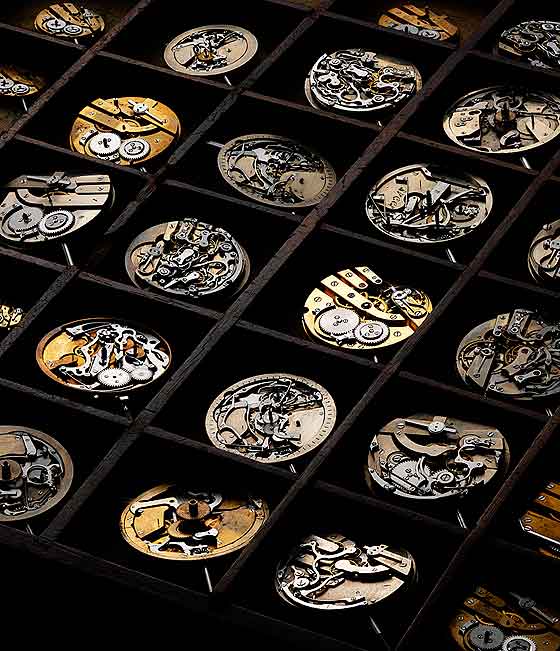
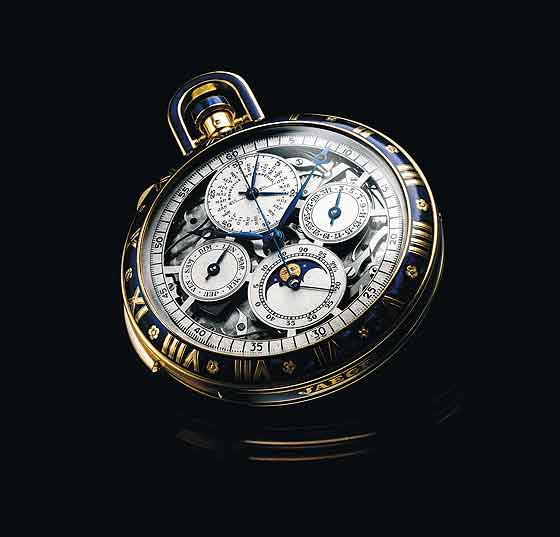
When LeCoultre met Jaeger
In 1903, a rumor began circulating in the Swiss watch industry: the Paris-based watchmaker to the French Navy, Edmond Jaeger, was challenging Swiss manufacturers to develop and produce the ultra-thin movements that he had invented. Jacques-David LeCoultre, the founder’s grandson, was responsible for production at LeCoultre & Cie, and it was he to decided to take up the gauntlet. His ensuing cooperation and friendship with Edmond Jaeger were to give rise to one of the world’s most extraordinary collections of ultra-thin watches, including the thinnest in the world, equipped with LeCoultre Calibre 145 (1.38 mm thick). These were soon followed by pioneering work in the field of wristwatches, and subsequently by the birth of the Jaeger-LeCoultre brand.
More to come in Chapter II… For a sneak preview of what’s to come, click below for Jaeger-LeCoultre’s official 180th anniversary video, narrated by Clive Owen.
